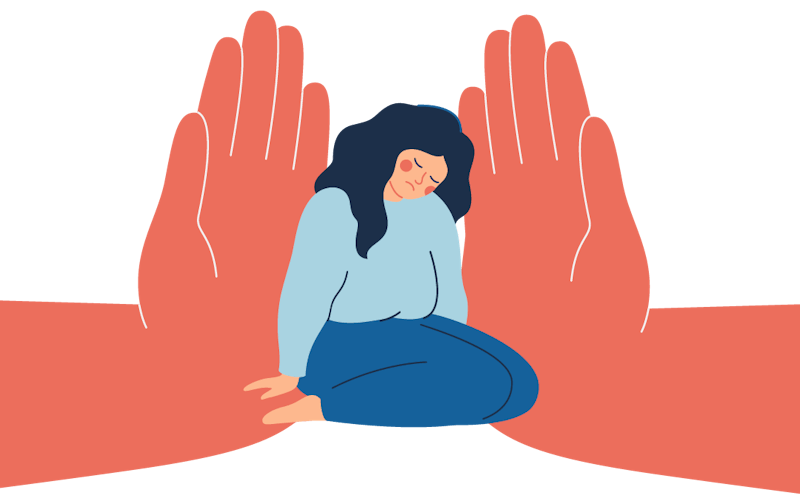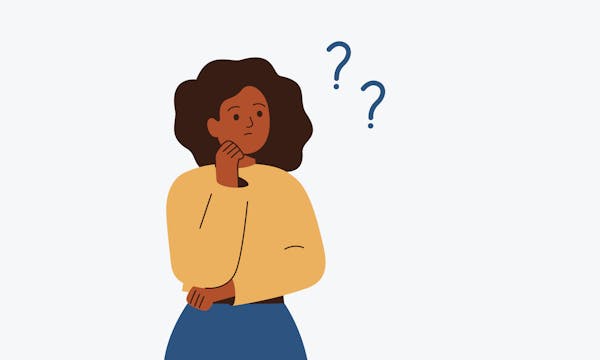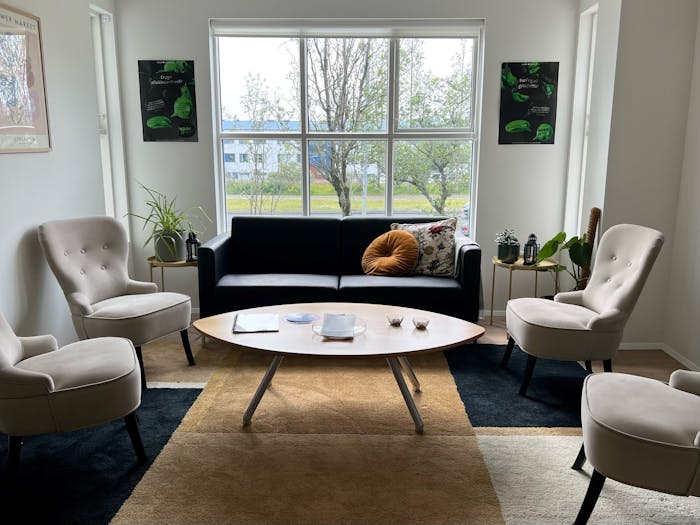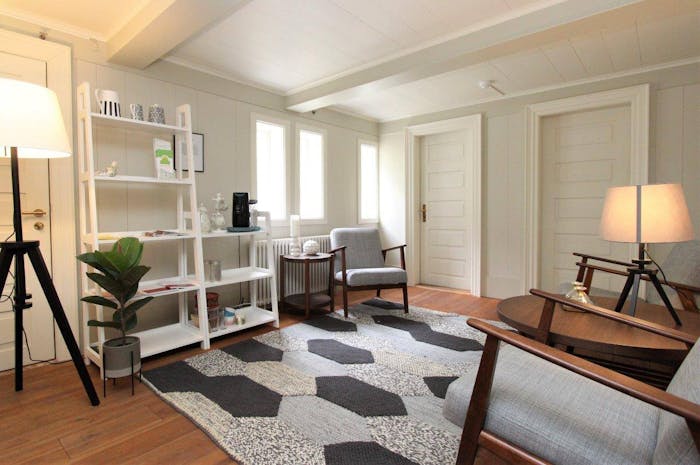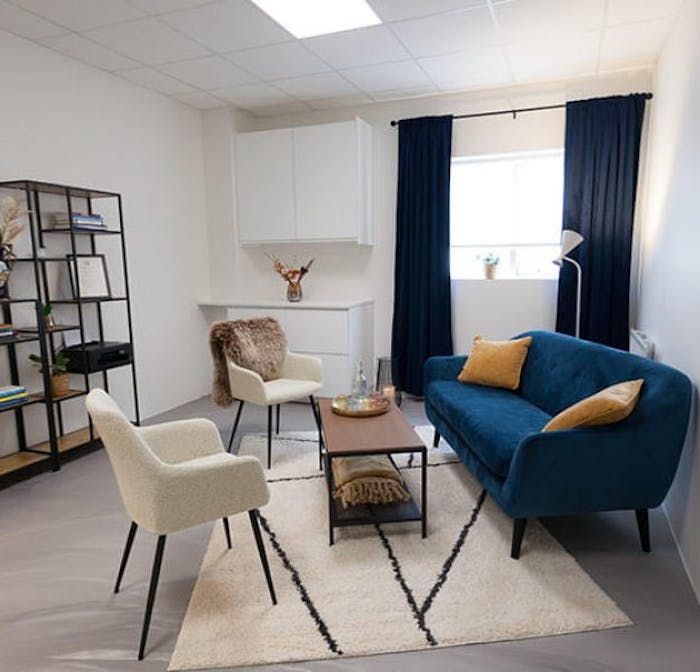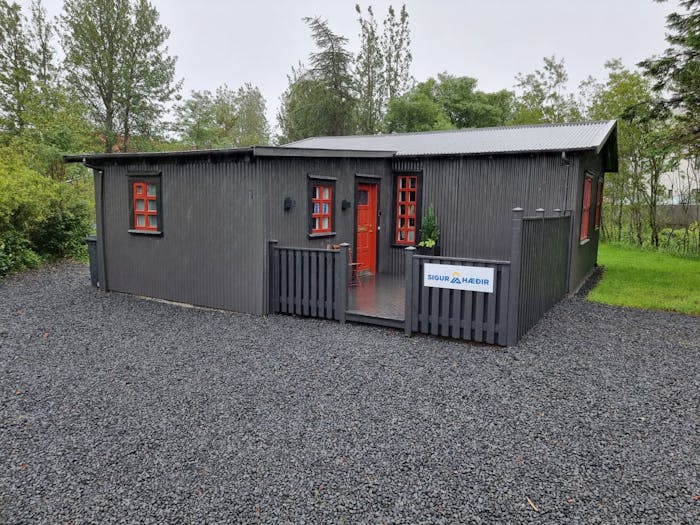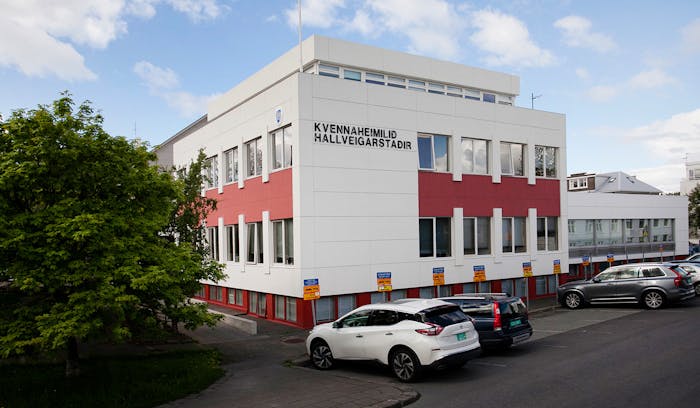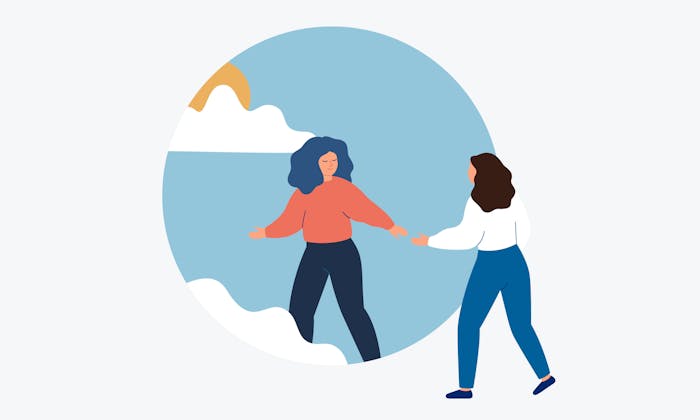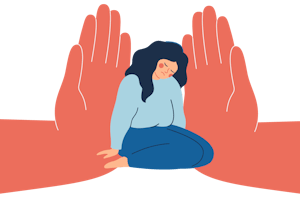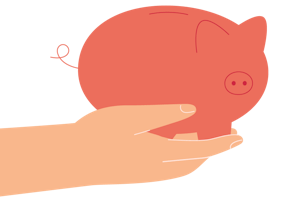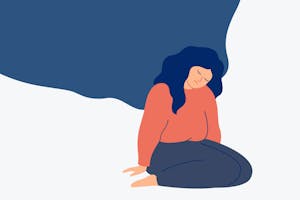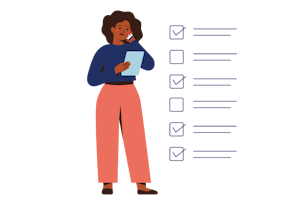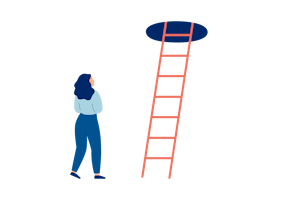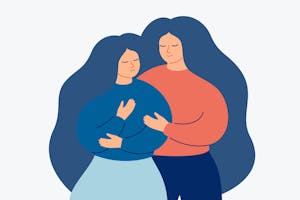What is coercive control?
When a partner controls your finances, social media, communications with family and friends or other things you should have control over yourself. It does not have to be trough physical violence, but it often consists of psychological abuse.
Common methods include:
- Insulation
- Shaming
- Gaslighting
- Control of daily things (like phone calls, internet use, clothing, and food)
- Persecution
The perpetrator of the abuse can be, for example, a spouse, ex-partner, family member, or caregiver.
